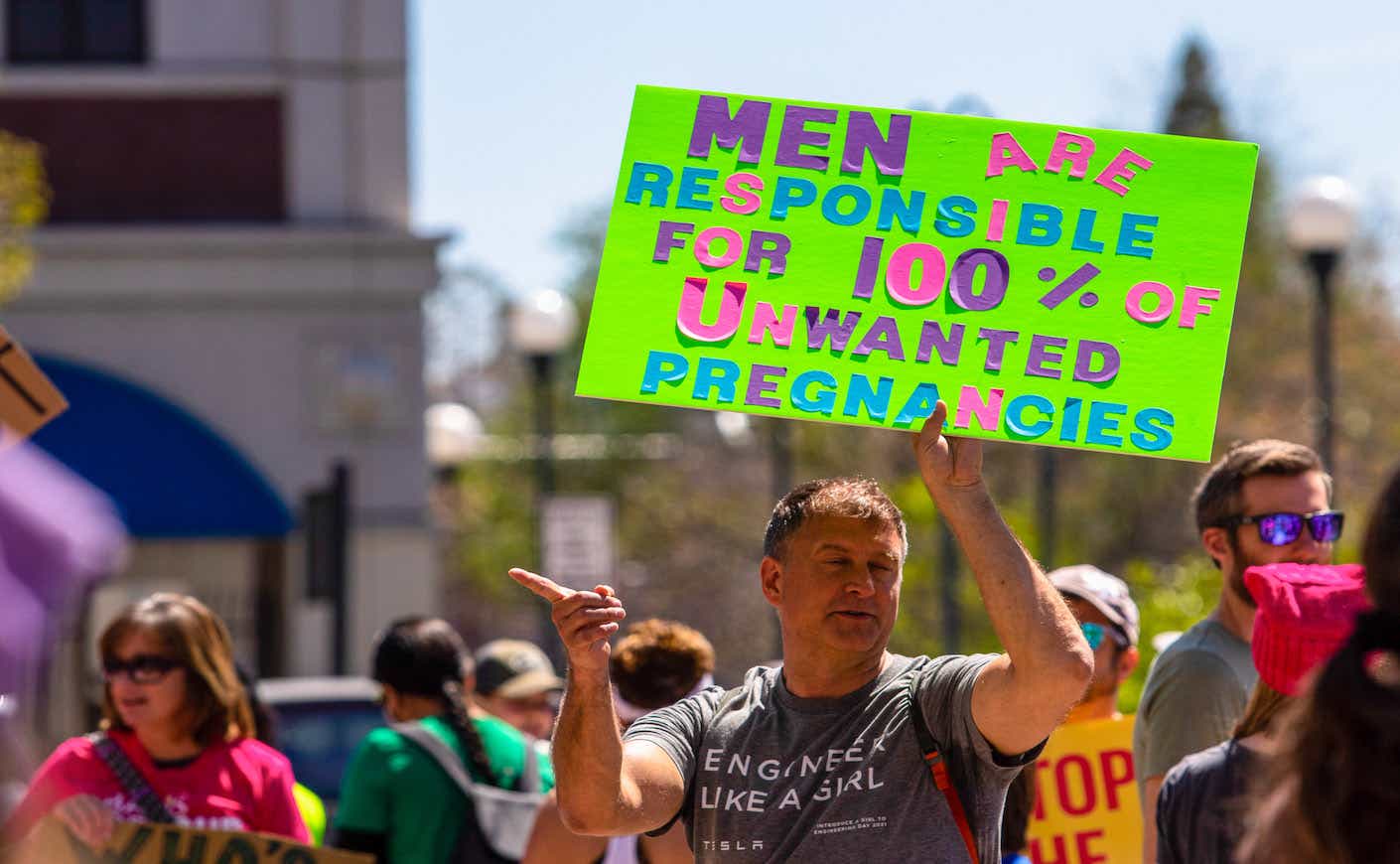Interest in vasectomies is skyrocketing now that federal abortion rights have been struck down.
Innerbody Research found a 99 percent spike in the number of daily searches about the procedure immediately following Politico’s leak of a draft Supreme Court opinion overturning Roe v. Wade. By gathering insights from Google Trends and search volume data, the health and wellness guide found that these searches were most popular in states, like Ohio and Texas, where abortions have been immediately banned.
“People are concerned and shaken up by things and they just want to learn about their options,” Eric Rodriguez, CEO and Co-founder of Innerbody Research, tells KCM.
This interest doesn’t look like it has let up in the weeks that have followed; related searches such as how much vasectomies cost and whether they’re reversible are up 250 percent. While doctors say that reliable statistics on the number of men who have actually sought out vasectomies aren’t yet available, Austin Urology Institute alone told The Washington Post that it saw as much as a 15 percent increase in the number of scheduled vasectomies after Texas’s law banning nearly all abortions went into effect on September 1, 2021.
While much of the media attention over the news has been focused on women, some men are taking control of their reproductive health, and getting a vasectomy as “an act of love” in response to these attacks on abortion. Jesse Mills, MD, tells us he wouldn’t be surprised if there’s an uptick in demand for the procedure that could cause an overflow in states where abortion would either be heavily restricted or rolled back entirely.
Then again, this isn’t the first time that vasectomies have gotten a flurry of interest. In the last few years, there has been as much as a 50 percent increase in vasectomies right before the NCAA every March, so guys can binge the basketball tournament as they recover from the procedure.
But even now, vasectomies aren’t exactly common: only 1 in 10 men in the U.S. have had one, which is half the rate of men in Canada and the United Kingdom, according to a 2015 report by the United Nations. Dr. Mills says this form of permanent birth control is much easier for men than it is for women because it’s less invasive, carries a lower risk of complications, and is equally effective.
“The vasectomy is almost 100 percent effective,” Dr. Mills tells us, who is director of the UCLA Men’s Clinic and author of A Field Guide to Men’s Health. “The chance of getting sperm after vasectomy is exceedingly low, it’s not zero, but it’s very, very low.”
So why is there a lower percentage of vasectomies among American men? Dr. Mills says it’s likely due to a bunch of factors, such as misconceptions and stigma around what defines masculinity. Cost could be another reason: the procedure runs anywhere from $300 to $3,000, though insurance typically covers most if not all of this expense.
“There is still a myth that once you get a vasectomy, you’re done and you may as well just go out to pasture and it’s not the case at all,” says Dr. Mills.
Dr. Mills emphasizes that getting a vasectomy doesn’t impact testosterone levels and it doesn’t have any impact on performance. Men are still able to ejaculate, but the fluid doesn’t contain any sperm, meaning there’s no risk of getting a partner pregnant. There are some added benefits too: Some studies have even shown that vasectomies not only lead to higher sex drives but also better erections and orgasms.
The procedure has also been around for more than a century. It has advanced a lot over the last few decades and now involves a 10-minute procedure through a no-scalpel vasectomy. Unlike standard vasectomies, there are no incisions and a surgeon instead makes a small poke in the scrotum to seal what’s known as the vas deferens, which are the two tubes that transmit sperm into the semen. The relatively short recovery time and no need for stitches make this the more popular option. But no matter the vasectomy, they can be reversed (for best results, Dr. Mills recommends doing it “within about five to eight years” of when the procedure was first performed).
While vasectomies are only one of two options when it comes to male birth control other than condoms, these could soon be expanding to include a gel, pill, and shot. Though Dr. Mills says all of these forms are in various forms of development, he predicts the gel will most likely hit the market sooner, and he is hopeful that it will become more widely adopted.
“The good guys will step up to do the pill, gel, the shot,” he tells us. “And the guys that don’t are the same ones that are probably not being responsible right now in the current reproductive environment.”
Meanwhile, as women in many states struggle to find access to reproductive care, Dr. Mills hopes that fears around the impending restrictions or bans will inspire men to step up and take a more active role in family planning.
“It’s an exciting time because I think the dialogue is changing — men’s health really is becoming something that a lot more people are interested in,” he says. “And I think you’re going to start to see a lot more responsibility and a lot more calls to action for guys to not only take care of their reproductive health but their overall health.”









